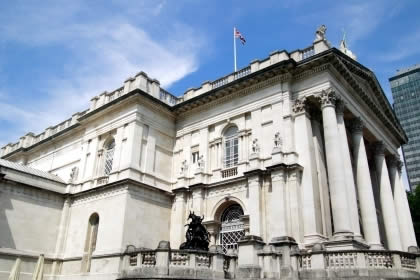No matter how good of an idea the bronze mini Eiffel Tower or the mass-produced oil painting of the Leaning Tower of Pisa may seem at the time, you’ll most likely ending up stowing it away in a closet as soon as you get home from your trip.
That’s not to say that one should never purchase a souvenir while traveling, it’s just that the money spent on souvenirs can usually be better spent elsewhere.
Souvenir vendors tend to take advantage of the “I’m on vacation” mentality or currency confusion and push products on wide-eyed travelers. Heaven knows I, like many other travelers, have fallen prey to souvenir impulse buys many times during my travels. It’s true, buying one or two special items can be a great way to relive a trip or share your adventure with others, but there’s a way to do this that is both meaningful and friendly on the budget. Here are some ideas:
- A picture is worth a thousand words, especially when it comes to travel. Take pictures, lots of them. Photograph sights, monuments, people, textures, happening, food…anything you want to remember. You may even want to invest in a good camera (like a digital SLR) to take high-quality photos. When you get home, you can have them printed on photo paper or canvas and hang them on your wall as constant reminders of your grand adventure. Hands down, my best souvenirs are the pictures I’ve taken and the journals I’ve written during my travels.
- Write it down. Even if you aren’t “a writer,” a journal can be a fantastic way to immortalize travel memories. Of course it’s important to write about important things you saw and did on your travels, but don’t forget about the everyday sensations, emotions and images you experienced on your trip. Use the five senses as a guideline—what did you see, hear, taste, feel and smell on your trip? Details like this will help your memories jump off the page and come alive when you reread them. You could even get creative and combine your photography (or artistic) and writing skills into a multimedia travel book.
- Paper goods. Not only are they light and extremely packable, but paper goods like postcards, travel guides/magazines, and photography books are great souvenirs. My grandmother buys one nice book (either a coffee table book or a book written by a local author) about each location she visits. Her personal library now reflects her life’s adventures. She enjoys rereading the books and reliving her travels.
- Local handicrafts. And by handicrafts I mean real, hand-made (as opposed to mass-produced) items. You can find handmade tablecloths, soaps, etc. and other goods for reasonable prices at open-air markets throughout Europe.
- Food. Yes, they may be temporary, but edible souvenirs can help you get out of your “post-trip blues” by providing an instant gustatory reminder of your wonderful voyage. They also make great and affordable gifts for foodies back home. Just make sure you don’t attempt to bring cheese, yogurt, milk, fruit or vegetables on the plane (you’ll have a problem with customs). Canned foods, jellies, wine, liquors or candies tend to travel well. You could even have them shipped if you don’t want to fuss with them in your luggage.
As you’re shopping, remember the purpose of a souvenir (literally “to remember” or “a remembrance” in French): to help you remember your trip or to share your experience with someone close to you. Let this concept, along with your frugal mentality, guide you on your next trip.

